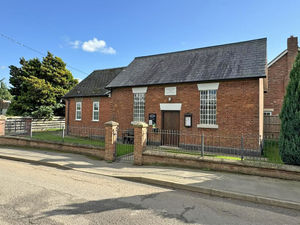£15,000 grant helps restoration of historic canal wharf built more than 200 years ago
A historic canal tramway built more than 200 years ago is being restored – with volunteers welcoming a grant of nearly £15,000 in support.
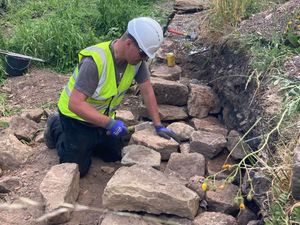
The Shropshire Union Canal Society said it had been given £14,600 from the Association for Industrial Archaeology towards the cost of restoring the historic tramway wharf on the canal at Crickheath.
The historic wharf was the terminal of a two and a half mile horse-drawn tramway from the limestone quarries at Porth-y-waen.
Built during the construction of the canal at the end of the 18th century, it was made as a wide rubble stone wall using local limestone.
The wharf wall is now being restored as it was originally built, with members of the Dry Stone Walling Association contributing their expertise to ensure durable and high quality repairs.
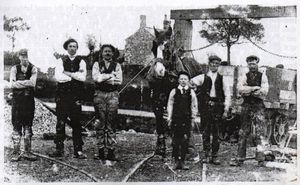
The wall is topped with large copings of buff and yellow sandstone/gritstone that supported the tramway rails and wagons from where stone was tipped into moored narrowboats.
It is thought even back in the 18th century the copings were repurposed from elsewhere due to some variation in materials and different stonemason dressing marks.
Many have crumbled and will require replacement according to the society.
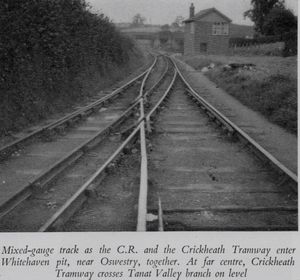
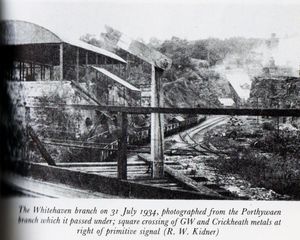
Tom Fulda, Shropshire Union Canal Society project manager said: “We are very grateful for this generous grant, it will substantially help the project with the cost of plant hire, volunteer welfare and materials as well as promoting the work of the Association for Industrial Archaeology, the national society for industrial heritage, which has supported the study, preservation and presentation of many sites since the 70s.
"If you live near the Montgomery canal, why not pop down to Crickheath and see the progress we’re making?”
The tramway, built by the Earl of Powys in around 1797, was originally known as the Porthywaen Iron Railway and was horse-drawn.
It was established to take advantage of the newly built canal to move limestone from the quarries at Porthywaen and nearby Whitehaven to the wharf at Crickheath for further transit.
The route ran generally westwards from Crickheath to cross both the Oswestry to Welshpool turnpike, now the A483 and the Llynclys to Porthywaen Road, the B4396 continuing west to the limestone quarries where it split into two short branches.
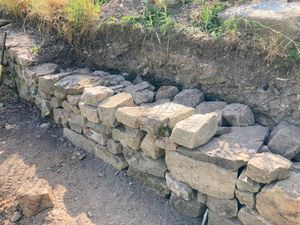
In 1860 the Oswestry & Newtown Railway – later the Cambrian Railway – was opened to Pool Quay and a bridge to carry the tramway over the railway was built near Llynclys Station, next to the road bridge for the Knockin Road, the B4396.
The abutments of the bridge can still be seen from the Cambrian Heritage Railways station.
A branch line from the railway was later built to Porthywaen and over the next 40 years or so the infrastructure varied as quarry working changed, but it seems that both the tramway and the railway co-existed happily together.
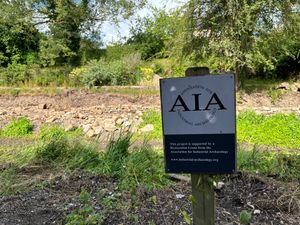
However the railway always had the upper hand and as maintenance on the canal deteriorated the writing was on the wall.
The 1926 maps show the route clearly although trade had started to dwindle by then and the tramway closed when the canal had a breach in 1936.
It is doubtful that there was much activity after 1930 due to AA Pete selling off their fleet of narrowboats at Maesbury Hall Mill.




